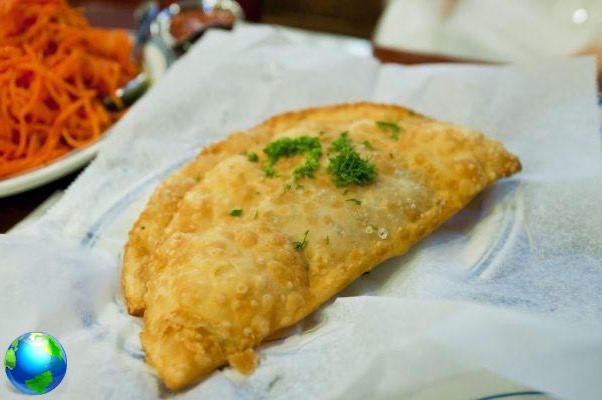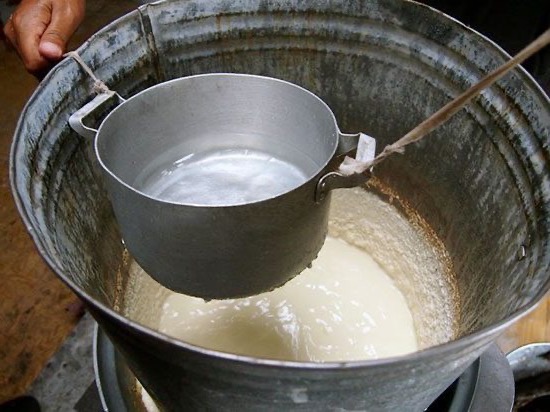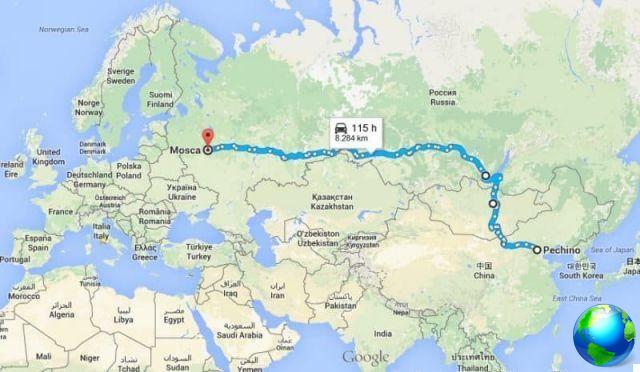Five dishes to taste during a holiday in Mongolia, starters, desserts, drinks and welcome tastings, here's what not to miss and how the dishes of Mongolian cuisine are prepared.
I love cooking, a lot. I like eating, too. Each trip brings with it the curiosity to taste new and strange things within the limits of what I consider acceptable. There Mongolia it is not one of those countries, for my palate, which I count among the best in terms of cuisine.

At least not for what I could eat and see: Mongolia doesn't have one street food worthy of note like Bangkok for example, the dishes do not have an aesthetic sense that alone satisfies the senses where the flavors do not do it at all and above all it is not so varied.
If you can't live without fruit and you have to leave for Gobi, buy some in the large supermarkets of the capital; the desserts they are almost absent and the traditional ones they offer you in the gher you will not dream them the next day at breakfast.
These are the 5 dishes I have tasted and can recommend.

1. Buuz, the steamed ravioli
La both sheep and mutton it is omnipresent and, in my opinion, heavy to digest. If you really want to adapt to their habits you can eat it for breakfast, lunch and dinner.
The buuz will remind you in appearance of the steamed ravioli you eat at the famous Chinese restaurant dumplings: the filling is a mixture of pieces of onion, garlic and spices and, at your choice, sheep or mutton. However, they are very tasty and a plate will fill you up for several hours.

2. Tsagaan: derived from yoghurt, cheese and fermented milk
I tasted them in ger, they usually come offered as a welcome tasting along with something to drink, hot tea or milk. In some cases they tell you that they are sweet and may even look like cookies, in reality they are small pieces of curd of dried milk.
The appearance is better than the flavor, a little salty and sour. They are not crumbly but you can soak them like cookies in your cup and you have to eat them so as not to offend the head of the family.
When I just couldn't do it, I secretly passed them to the Canadian girl who was with us. She threw everything down.

3. Airag, fermented mare's milk
This intrigued me a lot, although I was very afraid to drink it because of my dancing stomach. So it was. So I advise you to taste it but in small sips. In gher they have a container in which a large amount of fermented milk and it is very nice to observe them while they fill the bowls with which they welcome you.
If you are lucky you will be offered together with the above ideas tsagaan. What does it taste like? And obviously acid and sparkling, vaguely reminded me of kefir.

4. Khuushuur, fried ravioli
I'm always ravioli but tastier, as only fried things can be. Stuffed with mutton, beef or sheep, onion and garlic. They are part of the foods that the Mongols define as "gray", meats, and differ from "white" foods: milk and derivatives. They are very good and have an inviting smell. The dough is very simple, as for the steamed ones it is just water and flour. Let's say that with a little imagination it's like eating our panzerotti!
In the restaurants of the capital they serve them with sauces, such as ketchup or other sauces that I have not tasted. Personally I found them very good without sauces.

5. Salty tea and boorstogs
Typical drink for a snack or breakfast. I also tasted this in the ger.
The color is very light and the taste is slightly salty. Not being a great lover of sweets to my palate it was pleasant, moreover for my stomach it was better than fermented mare's milk because it is much lighter, perfect for soaking boorstogs.
There are fried cookies in the shape of a triangle, made with flour, yeast, milk, eggs and sugar. They are not excellent and they are very dry, probably it depends both on how many days they were made and on the skill of whoever prepared the dough.
In any case, for me, it was the dessert par excellence in the Gobi desert!






